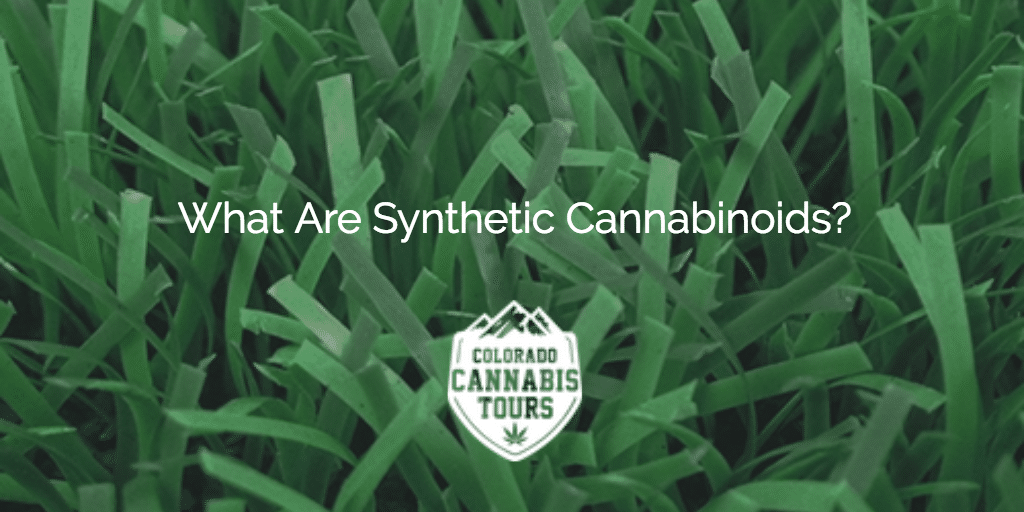
You may have heard about the THC spray for cancer and AIDS patients. THC, of course, is the molecule in marijuana responsible for getting us high. The THC spray, sold under the brand name Marinol, is 100 percent legal in the United States with a prescription.
What’s the difference between the THC in Marinol and the THC in the cannabis plant? Chemically speaking, there isn’t any difference. The difference resides purely in the source of the THC.
When THC comes from the cannabis plant, we call it a phytocannabinoid, meaning it’s a cannabinoid chemical found in plants (phyto- means “plant” in Greek). When scientists synthesize THC in a lab, it’s a synthetic cannabinoid, meaning it’s human-made.
THC found in Marinol is just one of many synthetic cannabinoids available. A cannabinoid is defined as any molecule that interacts with cannabinoid (CB) receptors, chemical messengers found on our cells that are essential for higher lifeforms to function.
Marinol isn’t alone, either. Nabilone is another synthetic cannabinoid, with a structure similar to THC, used to control nausea and reduce pain. Sativex is a pharmaceutical spray that’s been approved for use in Europe and Canada, and may soon receive approval in the US.
Synthetic cannabinoids come in all shapes and sizes. Most of them, however, are classified as research chemicals. They’ve been made in labs, but scientists aren’t entirely sure what to do with them. Some have legitimate medical uses, like Marinol or Sativex. Others are hawked in head shops as “legal weed” or “Spice,” and you can read more about that dangerous stuff here.
Why are synthetic cannabinoids legal while marijuana is still federally outlawed? That’s a good question, and it’s not an easy one to answer. The federal government classifies marijuana as a Schedule I drug – meaning it’s supposed to dangerous and have no accepted medical value – yet the federal government has given its seal of approval on several synthetic cannabinoid drugs, one of which (Marinol) is chemically identical to the cannabinoid found naturally in the plant.
The argument from the US FDA and DEA for the legality of Marinol is that Marinol has controlled doses. It’s chemically pure compared to, say, a joint, whereas the cannabis plant can have differing levels of THC along with other phytocannabinoids. Also, something about hippies and Vietnam, but I just got ripped off a dab so I forgot.
Speaking of dabs… what do synthetic cannabinoids have to do with your cannabis vacation? Absolutely. Nothing. Nothing at all.
Dispensaries and cannabis shops will not sell synthetic cannabinoids. All products sold by these licensed businesses must be derived from the cannabis plant, not a vial in some lab. Furthermore, since the synthetic cannabinoids that are available to the public are all pharmaceuticals, they can only be obtained with a prescription.
Dabs, waxes, infused edibles, tinctures, and transdermal patches are not made from synthetic cannabinoids. These all come straight from the cannabis plant, even if they require some extra steps to manufacture.
- How to Get a Cannabis Job in Colorado - June 25, 2021
- What is Spice (aka “Synthetic Marijuana”)? - March 27, 2017
- What are Synthetic Cannabinoids? - March 27, 2017

Really great post, I definitely adore this site, keep on it.
I adore it when folks come together and share opinions,
great blog, keep it up.
Why should I be allowed Marinol, but cannot not have the natural plant, The synthetic marinol tells the liver my liver the THC is poison and it kicks all out but about 10%,natural THC isn’t poison ?